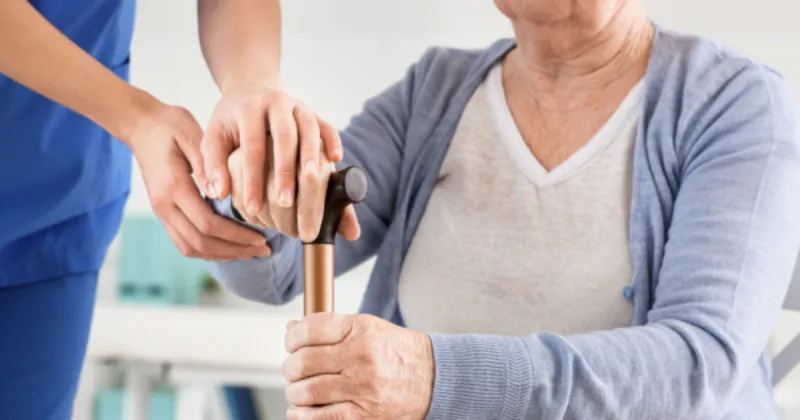
What are the symptoms of Parkinson’s gait?
Parkinson’s gait affects about 1% of the over 60’s population and its prevalence increases with age to approximately 20% of the over 80’s population.
The motor symptoms affected in Parkinson’s gait are caused by the loss of nerve cells in the brain which results in less dopamine – the neurotransmitter which plays a critical role in movement and coordination.
While Parkinson’s gait is a hallmark of Parkinson’s disease, it is not exclusive and can be caused by other factors which reduce dopamine production.
A patient with Parkinson’s gait will have a higher cadence, shorter stride length and take asymmetrical steps.
Depending on the severity of the condition, a patient’s gait can resemble a ‘shuffle’, with feet barely leaving the ground and no evidence of heel strike. Other problems include a forward tilt posture and also a ‘fear of falling’ which can lead to isolation and decreased mental health.
Other features can include:
- Tremor – shaking which usually starts unilaterally.
- Rigidity – Stiffness of the limbs, neck, or trunk.
- Freezing – a patient may freeze mid-stance or when trying to turn.
- Bradykinesia – slowness of movement.
- Akinesia – the absence of movement.
- Hypokinesia – abnormally decreased movement.
At Reed Footcare Clinic, we can help patients with Parkinson’s gait by offering routine footcare, neurovascular examinations and orthotics.
If you have any questions about this blog, please get in touch.

